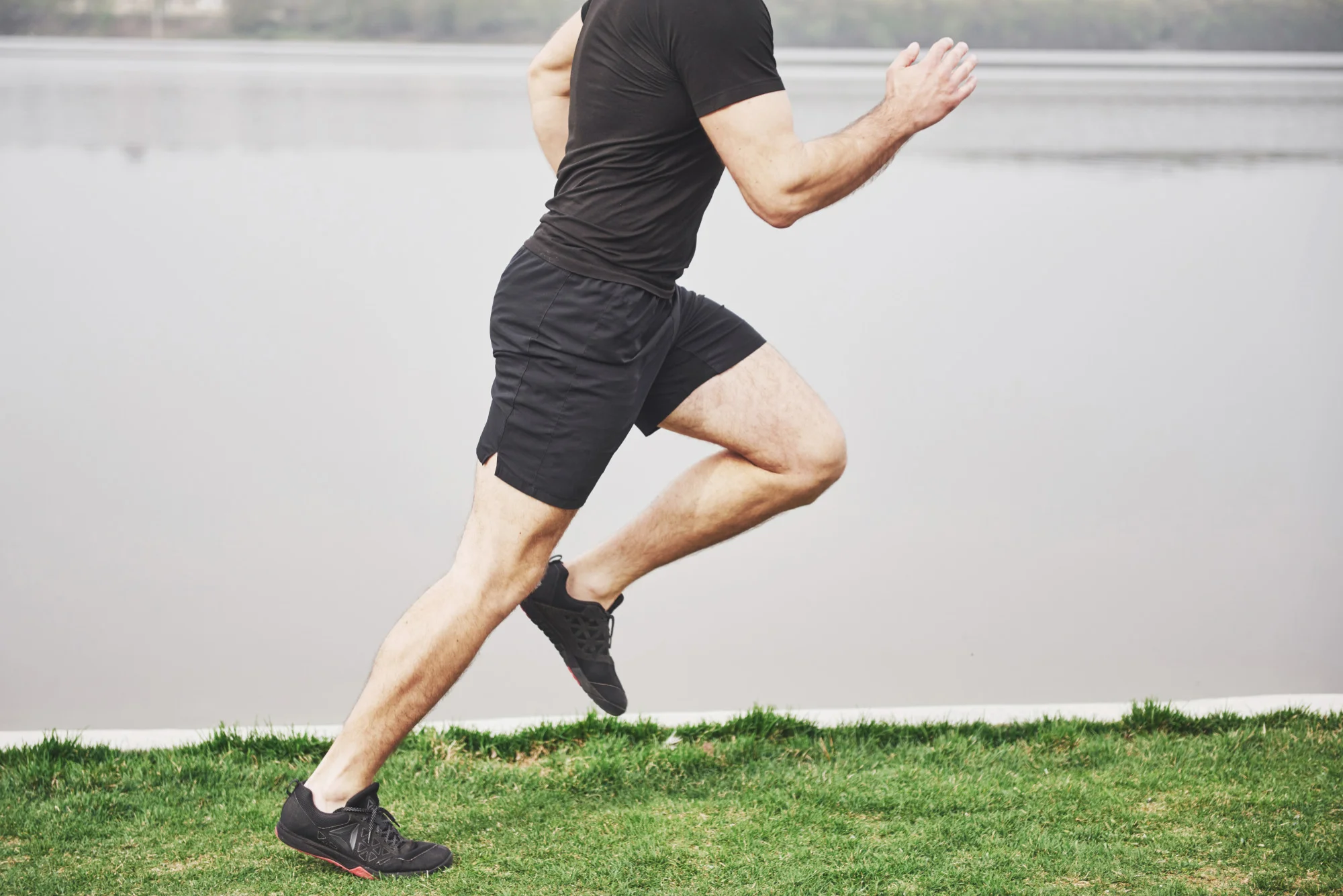In an era where sports performance and clinical rehabilitation hinge on the fine-tuning of human motion, the quest for precise movement tracking has never been more pertinent. The recently published study in the ‘Journal of Sport and Health Science’ captures the essence of this pursuit by unraveling the pivotal differences in lower extremity running kinetics as captured by marker-based and markerless tracking systems, illuminated by the influence of speed. This breakthrough analysis charts a critical trajectory in the future deployment of biomechanical diagnostics and therapeutic interventions, illuminating the entwined destiny of technology and physiology.
The study conducted by the Department of Health Sciences and Kinesiology at Georgia Southern University, with collaboration from the University of Texas at Austin, targeted the core comparison of predicted joint moments and powers in the lower extremities during treadmill running between the two systems. The DOI for this groundbreaking research is 10.1016/j.jshs.2024.01.002, marking a cornerstone for future inquiries into the biomechanical analysis field.
Methodology and Findings
The study marshaled a cohort of 16 young adults, executing a regimented running protocol on an instrumented treadmill across three escalated speeds – equivalent to 5.0, 6.5, and 8.0 miles per hour. The researchers employed both time series analysis and statistical parametric mapping to discern the disparities between the technologies.
In a startling revelation, the markerless technology consistently overestimated lower extremity joint kinetics, especially during the swing phase, as the speed accelerated. The deviation from the ground truth as captured by the more traditional marker-based systems spotlighted the innate algorithmic extrapolation employed in markerless tracking – a method reliant on estimating the segment pose and distal joint centers.
Implications and Expert Perspectives
The revelations coalesce into a potent narrative for potential clinical and sports applications. As articulated by the study’s lead author, Hui H Tang, the disparities observed could significantly impact sports training regimens and clinical rehabilitation programs. “Understanding the analytical nuances of movement tracking technologies is vital,” explains Tang, “as it can mean the difference between peak performance and accidental injury, or between precise rehabilitation and misguided therapy.”
Dr. Barry B Munkasy echoes this sentiment by adding, “Our findings serve as a word of caution – while markerless systems present a non-intrusive and feasible option for biomechanical analysis, the propensity for overestimation, especially at higher speeds, necessitates compensatory calibration and refinement.”
Future Directions
As the race continues to hone markerless technologies for their promised simplicity and accessibility, the concerted focus must pivot to the systematic correction of overestimations. The vivid benchmark established by this study underlines the imperative for continued comparative studies that would pave the way to sound, reliable motion tracking for both athletic performance enhancement and clinical breakthroughs.
This insightful conversation between technology and biomechanics stands as a testament to the need for collaborative efforts between engineers, computer scientists, biologists, and clinicians. It is a symbiotic relationship that, if nurtured, promises to unfurl novel vistas for sports science and healthcare.
References
The study heavily leans on the robust foundation laid by dedicated research in the domain of biomechanical analysis. Some seminal references that fortify this paper include:
1. K. Meijer, J. G. M. Verschueren, et al. “Comparison of the Kinematics and Dynamics of the Running Patterns of Men and Women,” International Journal of Sports Science and Coaching
2. C. A. Steer, M. A. Jackson, et. al., “The Future of Movement Science: Understanding the Past as a Beacon for the Future,” Advances in Biomechanics & Applications
3. K. G. Sutherland, “Novel Approaches in Motion Capture Technology: A Comprehensive Review,” Journal of Biomechanics
4. R. P. Waters, S. Li, “Statistical Parametric Mapping in Biomechanical Research: A Primer for the Uninitiated,” European Journal of Sport Science
5. N. J. Clapp, R. Wing, “Biomechanical Assessment for Injury Prevention: Marker versus Markerless,” Sports Medicine International Review
Keywords
1. Running Biomechanics
2. Markerless Motion Capture
3. Sports Injury Prevention
4. Kinetic Analysis Technology
5. Gait Analysis System
For academics, professionals, and enthusiasts alike, the provided DOI and references serve as navigational aids to delve deeper into the intricacies of this delicate dance between human kinetics and technological innovation. As new athletic records are pursued and rehabilitative breakthroughs are sought, the calibration of our understanding of movement tracking remains a fundamental stride in the journey toward precision, accuracy, and, ultimately, human potential.
